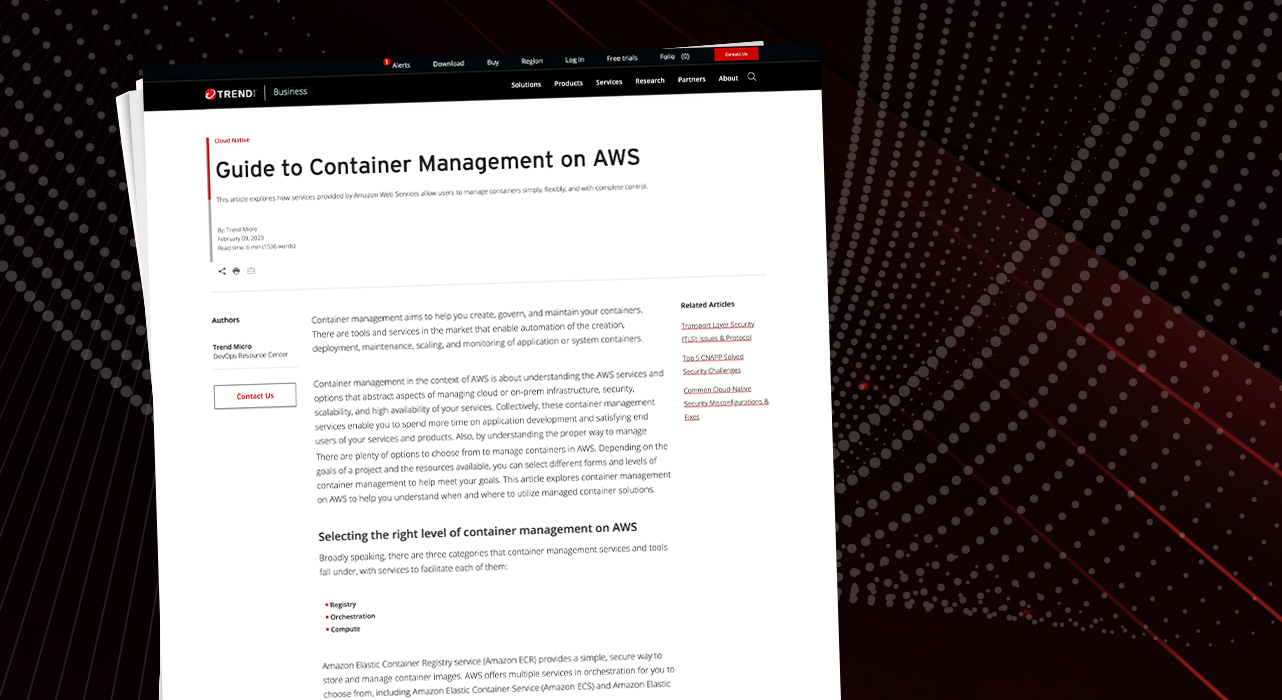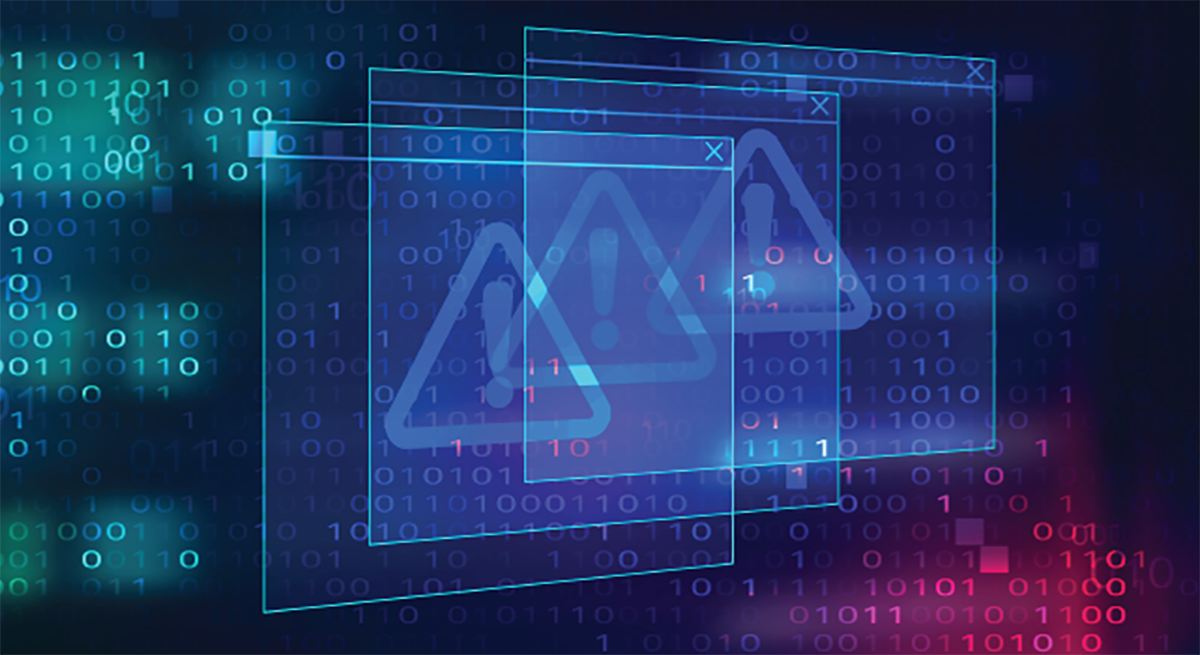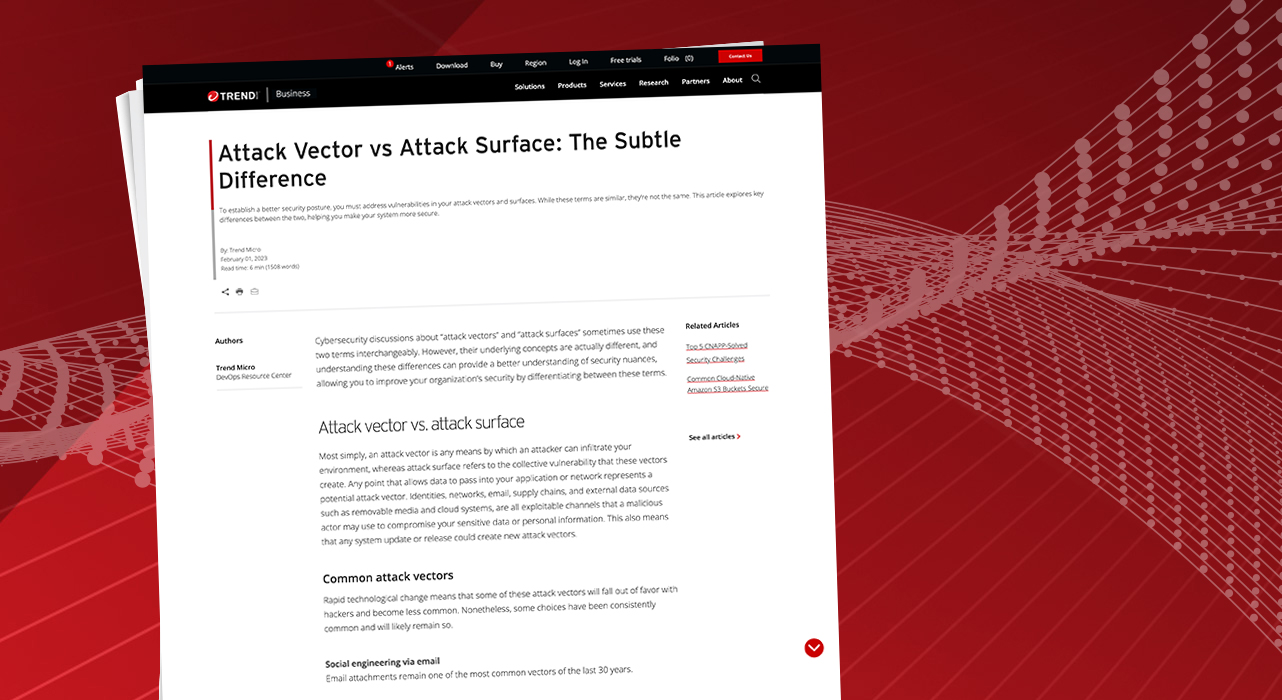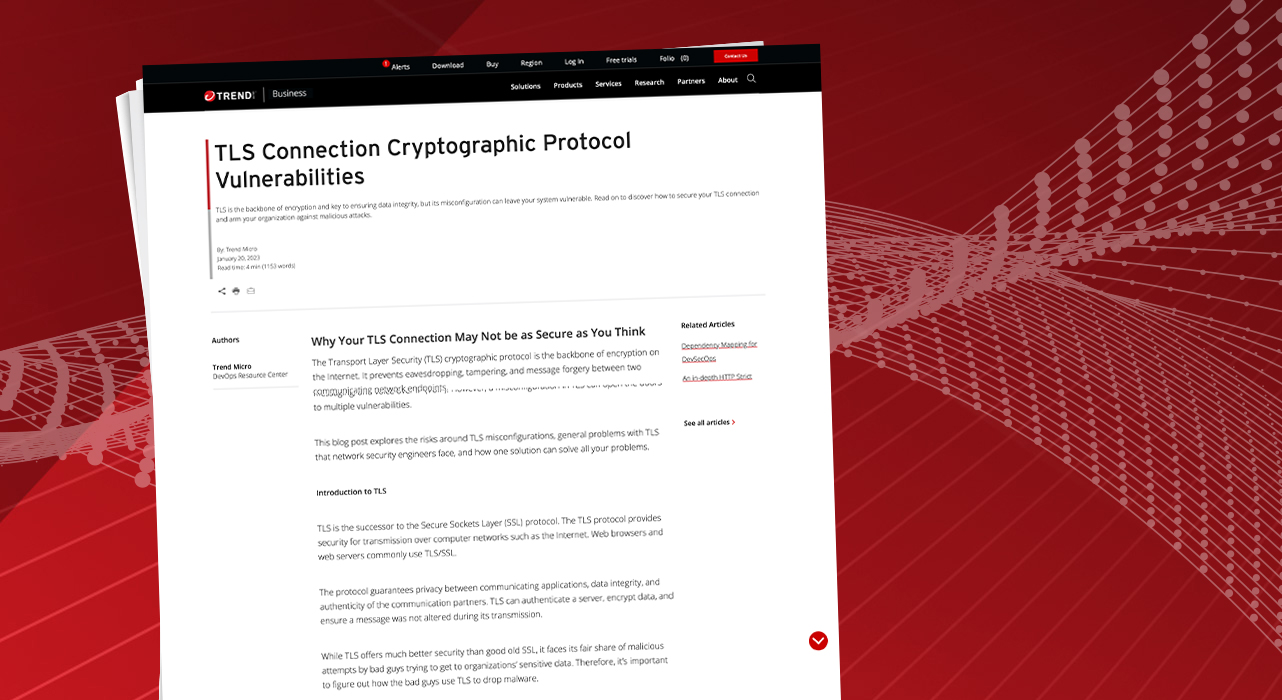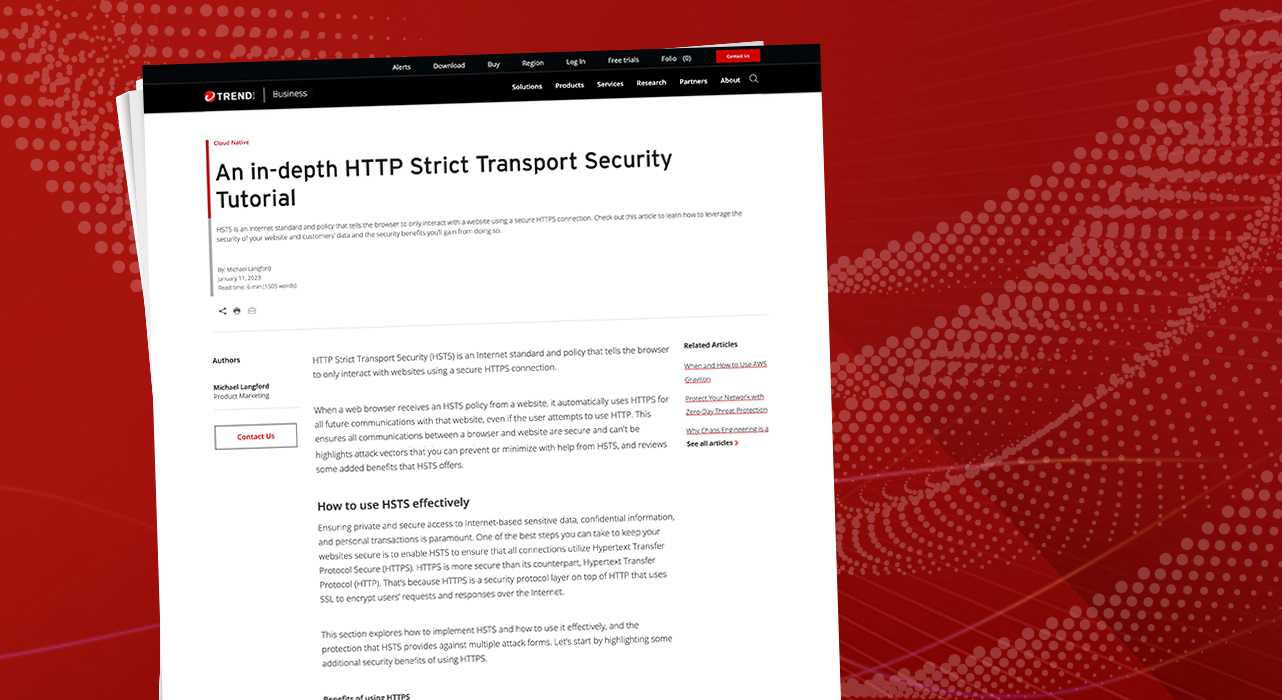- LG is giving away free 27-inch gaming monitors, but this is the last day to grab one
- I tested this Eufy security camera and can't go back to grainy night vision
- I replaced my iPhone with a premium dumbphone - here's my verdict after a month
- Build your toolkit with the 10 DIY gadgets every dad should have
- Your Ray-Ban Meta smart glasses just got two significant upgrades for free - what they do
Guide to Container Management on AWS
Container management aims to help you create, govern, and maintain your containers. There are tools and services in the market that enable automation of the creation, deployment, maintenance, scaling, and monitoring of application or system containers. Container management in the context of AWS is about understanding the AWS services and options that abstract aspects of managing cloud or on-prem infrastructure, security, scalability, and high availability of your services. Collectively, these container management services enable you…
Read More
